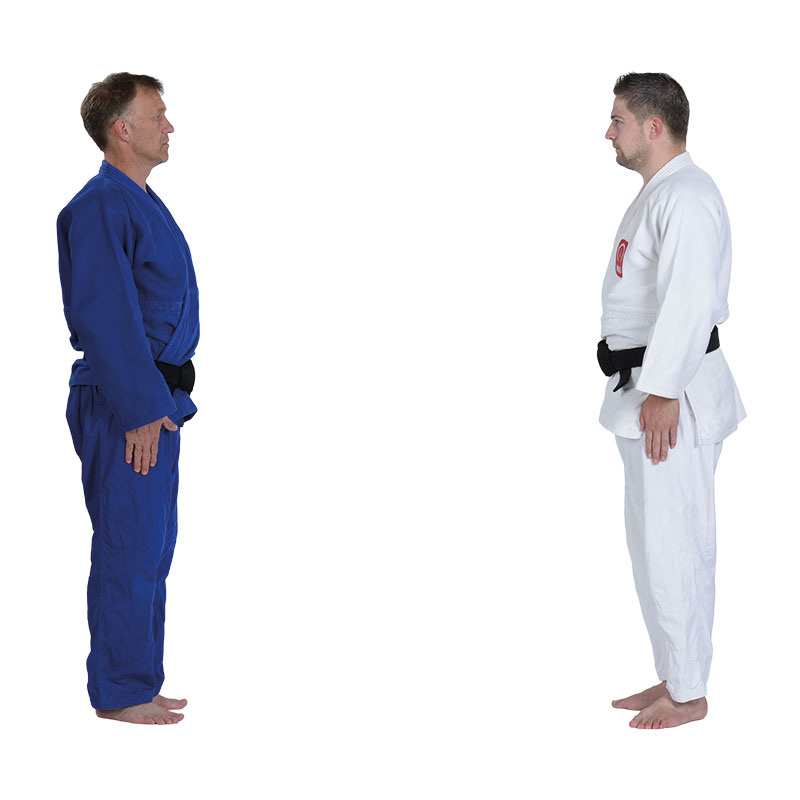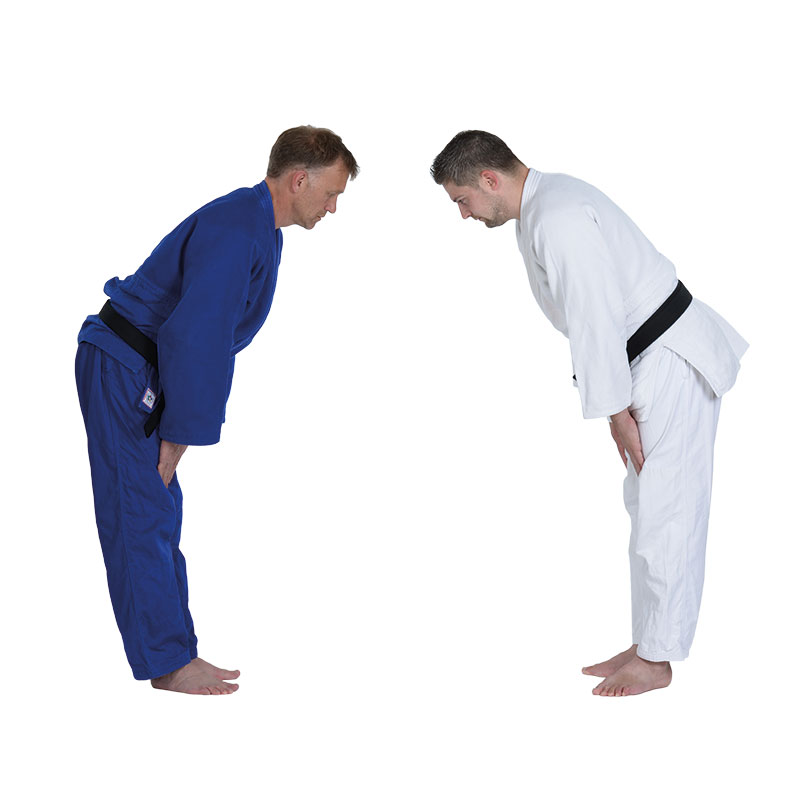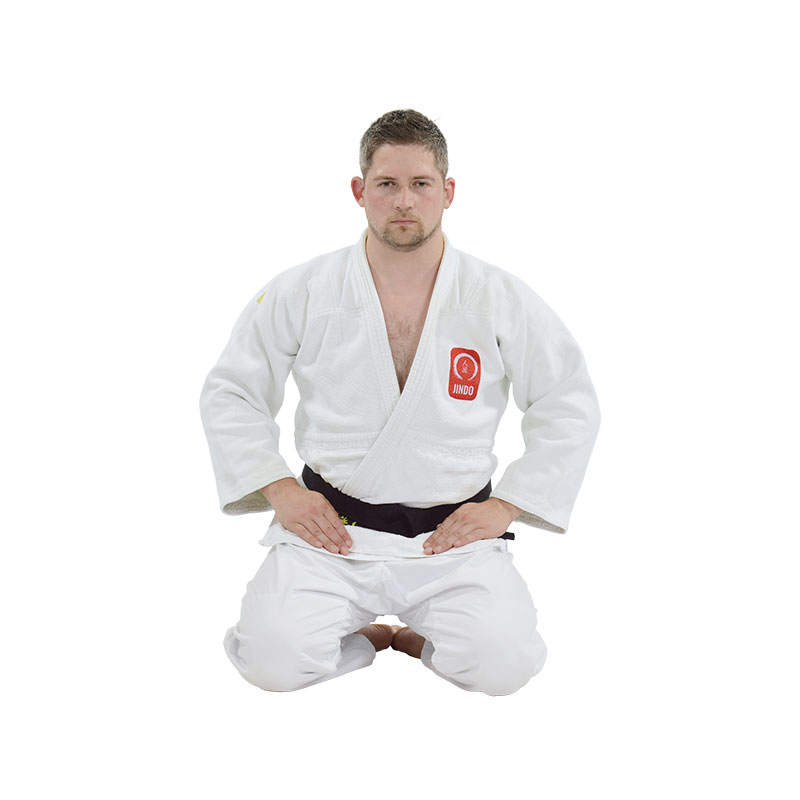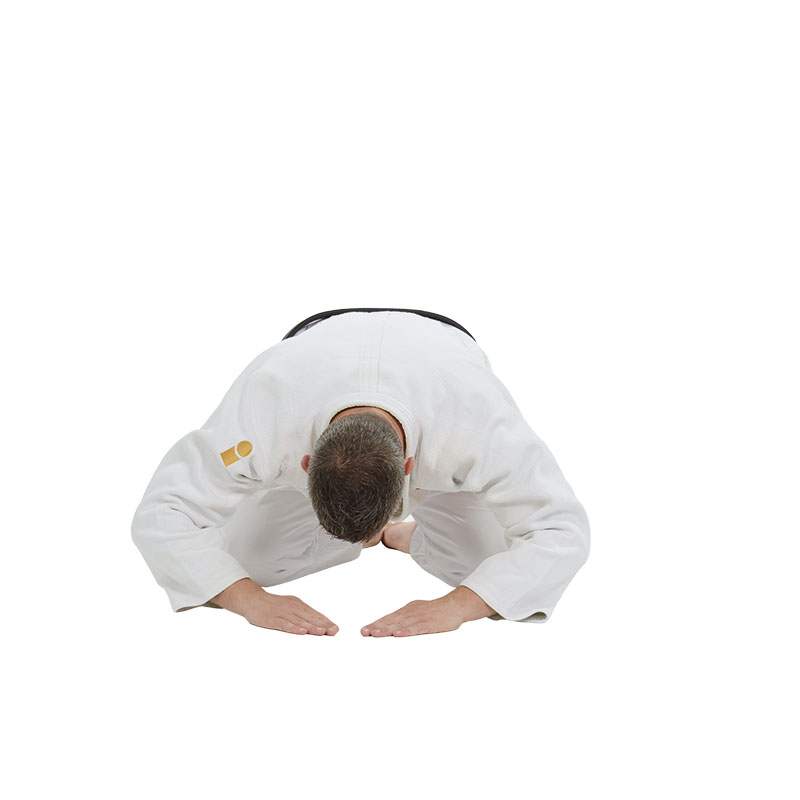Rei – 礼
Bowing and Etiquette in Judo
In judo, the bow (rei) is far more than a formality—it reflects the core values of respect, discipline, and mutual trust. Every session begins and ends with a bow, and each interaction on the mat is marked by this gesture.
The word rei (礼) means courtesy, ritual, or etiquette in Japanese. It expresses appreciation for the opportunity to learn, respect for one’s training partner, and humility in the face of knowledge and tradition.
Origins of the Bow in Martial Arts
The act of bowing in Japanese culture traces back centuries and is deeply rooted in bushidō, the code of honour of the samurai. In martial arts, bowing symbolised that two warriors were temporarily lowering their defences—physically and emotionally—by trusting one another not to cause harm during training.
Professor Jigoro Kano, founder of judo, preserved this tradition to reinforce his core principle of “mutual welfare and benefit” (jita-kyōei). In judo, bowing is not submission; it is a shared agreement to train safely, learn together, and improve one another.
Ritsurei 立礼 (Standing Bow)
The standing bow is used:
- At the beginning and end of a training session
- When entering or leaving the tatami
- When greeting a partner before randori or drills
How to perform Itsurei:
- Stand upright with heels together and toes slightly pointing outward.
- Arms rest naturally at the sides, hands flat against the thighs, fingers together.
- Slide the hands slightly down the thighs and bow the upper body forward about 45 degrees.
- Keep the neck, back, and head aligned in a straight line.
- Eyes are lowered, but not completely to the ground.
Klik op de foto’s voor grotere versies
Zarei 座礼 (Seated Bow)
The seated bow is used:
- During kata practice
- At formal ceremonies or demonstrations
- When observing more traditional dojo etiquette
How to perform Zarei:
- Sit in seiza (kneeling position), with the right big toe over the left, knees slightly apart.
- Hands rest on the thighs, palms down, with the sides of the wrists gently touching the body.
- Sit upright with a straight back.
- To bow, move the hands forward onto the floor in front of you, forming a small triangle, fingers close together, about 10 cm apart.
- Bow by lowering the upper body while keeping the back, neck, and head aligned, and the hips stay in contact with the heels.
A Deeper Understanding
Every bow in judo carries intention. It is not rushed or mechanical, but mindful and sincere. Bowing reminds judoka that the dojo is a shared space where learning takes place through cooperation and mutual respect—not through victory alone.
By treating your opponent with dignity and showing respect to the dojo, your teacher, and the art of judo itself, you embody the values that Professor Kano intended to pass on through judo.



